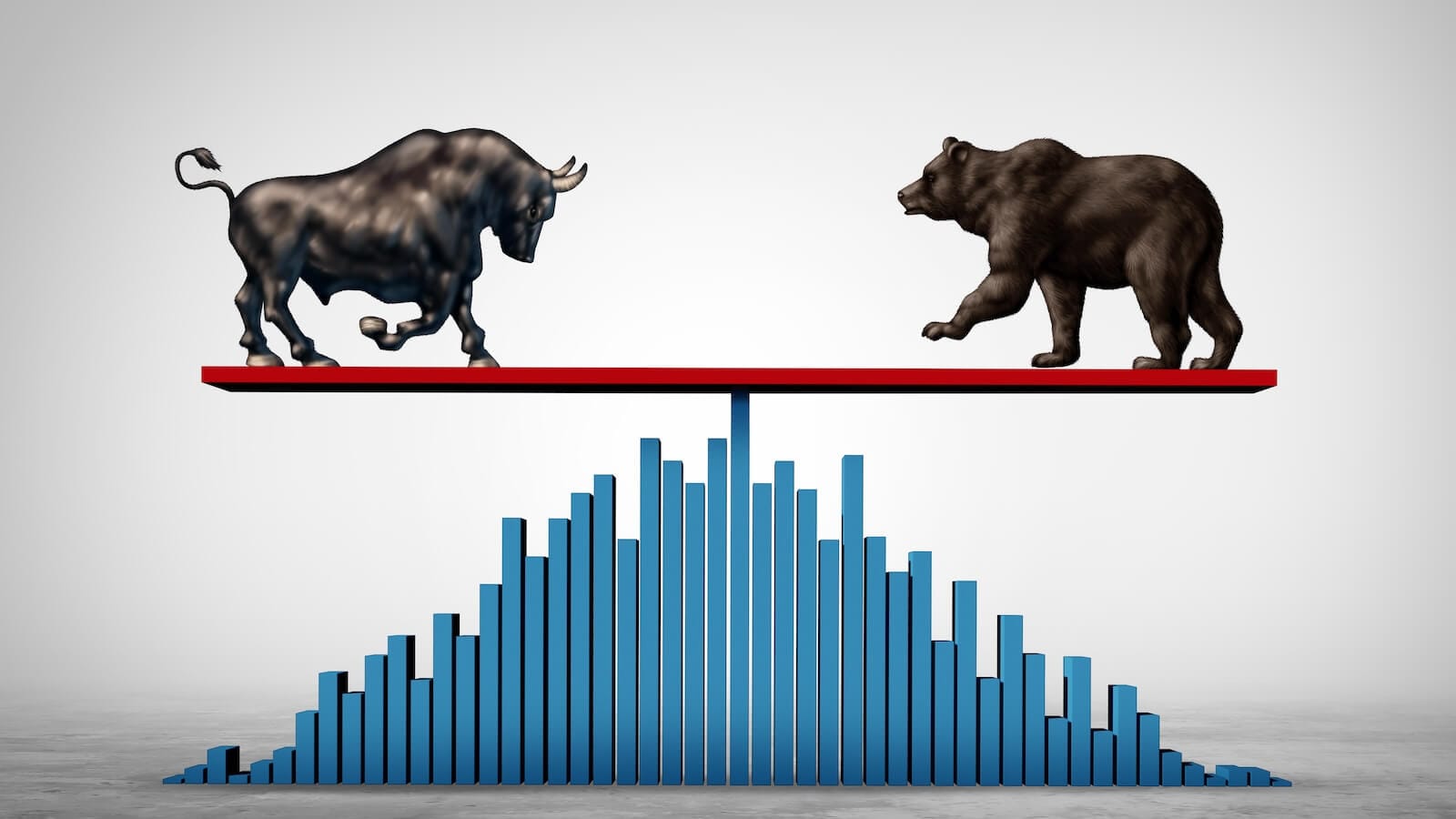If Non-US Equities Continue to Outperform the S&P, Will Europe or Asia Benefit Most?
Since the tariff war first broke out, there have been widespread reports in the financial press telling us that investors have decided to cash in on their U.S. profits and move their capital abroad. The U.S., they tell us, is no longer regarded as a safe haven. Indeed, if you look at Chart 1, which displays the relative action between the S&P Composite and the Europe Australia Far East ETF, the EFA, there has definitely been a swing away from the US recently, as witnessed by its largest drop since the secular bull market began in 2008.

That said, it is also evident this relationship has reached critical support in the form of its 36-month MA. That average, it should be noted, has not been penetrated since the start of the secular bull market.
An oversold market falling to a key level of support usually bounces. Chart 2 comes with more evidence of support in the form of the two converging trendlines. It also tells us the 13-week ROC has reached its most oversold condition since the secular bull market began. If you take the history of this relationship back further, you will find this oversold reading to be a record. That record comes as a double-edged sword. On the one hand, the oversold condition is bullish because it suggests things are overdone on the downside. On the other, the reality that it has been able to reach a record level is an indication that psychology has changed. The overstretched reading is therefore an early bird signal that the secular trend has changed from bullish to sideways or down.

Before examining the long-term technical picture of some global regional ETFs, I would like to present Chart 4, which points up the close relationship this ratio has with the Dollar Index and the ratio between US and international bonds. That's because all three reflect capital flows coming in and out of the US. To be sure, this is not a tick-by-tick relationship, but their primary trends tend to swing in the same direction. The red and green arrows approximate the two secular swings.
I like to use these relationships as a cross check on the other two, because the more that are operating in a similar fashion, the stronger and more valid the signals tend to be. All three have penetrated support trendlines of at least three years in length and are also trading under their respective 12-month moving averages. That means the odds slightly favor a more decisive downside move by each series. That said, the three support trendlines have so far only experienced a marginal penetration. Nonetheless, these relationships could take advantage of an oversold condition to mount a relief rally, and it's quite possible that any further damage to the secular trend could be postponed.

Europe vs. Asia
Chart 4 features the Asia Ex Japan ETF (AAXJ). As with all the remaining charts in this article, the top two windows feature the absolute price and its long-term KST, and the lower two the RS line, relative to the MSCI All World ETF (ACWI) and its KST. In a perfect world, the ideal purchase would be made when the two KSTs are below zero and rising and this momentum is confirmed by a price breakout and 65-week EMA crossover.
In this instance, we see both the price and RS line poised for an upside break. The RS KST in the bottom window is in a bullish mode, but its absolute counterpart close to triggering a sell signal. The red arrows show that a negative absolute KST has historically been associated with lower prices.

Chart 5 features the Vanguard FTSE Asia Pacific, which is dominated by Japan. It's in a similar position to AAXJ, including a bearish absolute KST. If two upside breaks materialize, the KSTs would likely go bullish, but in the case of the absolute one, it would be high risk since it would not be triggered from a moderately overbought level.

Chart 6 features the iShares MSCI Eurozone, which presents a slightly stronger technical picture. To start with, both RS indicators are tentatively positive. More important is the fact that the price itself has edged marginally higher than its pre-tariff high and is maintaining a rising peak and trough profile. The absolute long-term KST remains problematic, so if the "tariff" low is taken out, all bets would be off, since such action would confirm a false upside break. In the meantime, Europe has an edge over Asia.

Good luck and good charting,
Martin J. Pring
The views expressed in this article are those of the author and do not necessarily reflect the position or opinion of Pring Turner Capital Groupof Walnut Creek or its affiliates.










